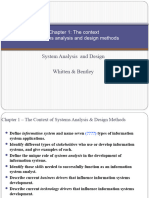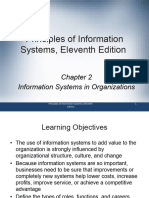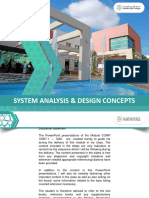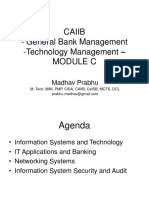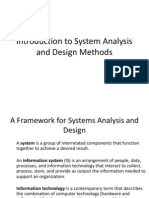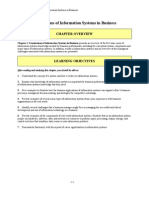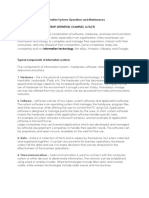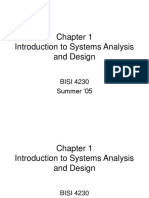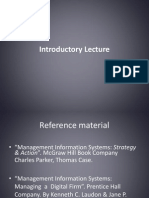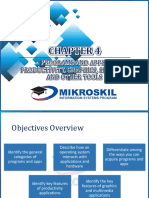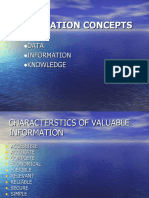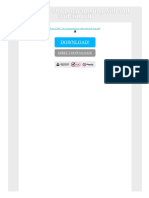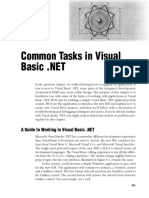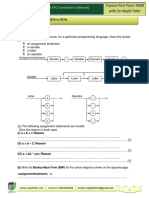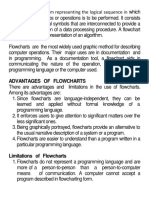0% found this document useful (0 votes)
70 views6 pagesAIS 1 - IT Application Tools in Business
The document discusses information systems development and security. It describes the system development life cycle which includes planning, analysis, design, development, testing, implementation, and maintenance phases. It also discusses principles of information security including confidentiality, integrity, and availability. Finally, it provides an overview of common office application tools used in businesses such as Microsoft Word, Excel, PowerPoint, OneNote, Outlook, Publisher, and Access.
Uploaded by
AngelaCopyright
© © All Rights Reserved
We take content rights seriously. If you suspect this is your content, claim it here.
Available Formats
Download as PDF, TXT or read online on Scribd
0% found this document useful (0 votes)
70 views6 pagesAIS 1 - IT Application Tools in Business
The document discusses information systems development and security. It describes the system development life cycle which includes planning, analysis, design, development, testing, implementation, and maintenance phases. It also discusses principles of information security including confidentiality, integrity, and availability. Finally, it provides an overview of common office application tools used in businesses such as Microsoft Word, Excel, PowerPoint, OneNote, Outlook, Publisher, and Access.
Uploaded by
AngelaCopyright
© © All Rights Reserved
We take content rights seriously. If you suspect this is your content, claim it here.
Available Formats
Download as PDF, TXT or read online on Scribd
/ 6









